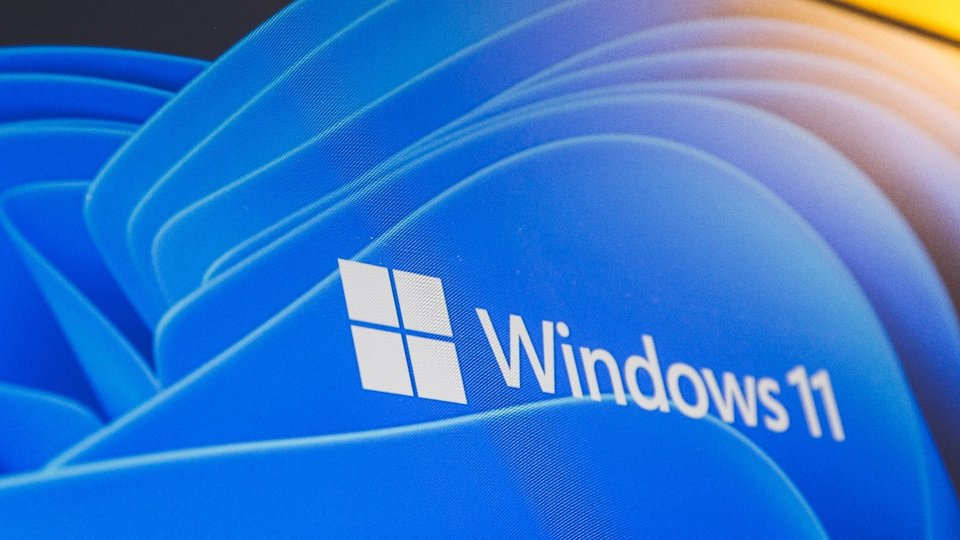Software
How to make your ATMs Windows 11 ready
With Windows 10 support fading away, ATM operators have to embrace Windows 11. While this may sound like a straightforward upgrade, the reality is far more complicated, nuanced and potentially disruptive.

November 26, 2025 by Anamaria Burnete — Digital Marketing Specialist, Paragon Application Systems
As the financial services industry grapples with the end of support of Windows 10, ATM operators face a daunting challenge of determining when and how to migrate their fleets from whatever version(s) of Windows 10 they have today over to wherever they want to wind up with the Windows 11 platform. While this may sound like a straightforward upgrade, the reality is far more complicated, nuanced and potentially disruptive.
The fragmented Windows 10 landscape
Most ATMs operating in the field today run a version of Windows 10 IoT LTSC (you folks out there still running Windows 7 or even Windows XP in the field know who you are), but not all versions of Windows 10 are created equal. Depending on the age of the ATM, the manufacturer, and the application stack, a single fleet may include one or more of the available versions:
- Windows 10 IoT LTSC 2015 (1507).
- Windows 10 IoT LTSC 2016 (1607).
- Windows 10 IoT LTSC 2019 (1809).
- Windows 10 IoT LTSC 2021 (21H2).
Each version has its own support lifecycle, hardware compatibility and upgrade path. This diversity complicates every aspect of operational planning, testing, and execution, especially when trying to maintain customer service levels, fleet availability standards, and industry compliance across a mixed fleet of machines.
Most problematic is the situation with Windows 10 IoT Enterprise LTSC/LTSB 2015, which reached the official end of its support life on Oct. 14, 2025, and is no longer receiving security updates from Microsoft.
Vendor readiness?
To further complicate this already complicated situation, the leading ATM manufacturers and software vendors are all at different stages of readiness when it comes to Windows 11. For example:
- Diebold Nixdorf has announced support for Windows 11 on its DN Series ATMs, and provides a good snapshot of the Windows 10 to Windows 11 transition environment on their website.
- Hyosung has recently announced its support plans for Windows 11. You can find details, as well as their take on why this is more than a simple OS upgrade here.
- NCR Atleos does not appear to have yet published any public domain information regarding Windows 11 support on its website, but is presumably communicating its plan directly to customers.
This lack of clarity and consistency means that every ATM deployer must carefully evaluate the status of their fleet to determine upgrade feasibility, timing, and cost.
The importance of testing
Without proper planning, preparation, and testing resources in place, the actual migration to Windows 11 could easily become a logistical nightmare. Additionally, organizations that still rely on manual testing processes will find that managing all the changes and validating results across the different combinations of ATM hardware and software applications is a slow, error-prone, and resource-intensive exercise.
Virtualization and automation make a difference
By using a testing solution, customers can leverage virtualization and automation technologies to:
- Virtualize and test multiple OS versions side-by-side, including Windows 10 and Windows 11 LTSC editions.
- Automate regression testing to quickly and easily identify issues before they make it into the field and become customer service problems.
- Copy, clone, and configure virtual ATM images to simulate real-world use cases, including ATM fault conditions and other negative testing scenarios, without risking expensive hardware in the lab.
- Run tests 24x7 from anywhere, maximizing efficiency, accelerating project delivery, timelines, and reducing costs.
- Integrate with CI/CD pipelines for continuous testing and deployment.
Better testing: Better results
The move to Windows 11 is inevitable, requiring careful planning and preparation — but it doesn't need to become a project from hell. By recognizing the complexity of the current industry environment, developing a strategic response, and leveraging tools like VirtualATM, organizations can transform an otherwise risky and expensive upgrade into a strategic advantage over the competition.
Companies that have already invested in modern testing tools and technologies will have a considerable advantage over those who have not. If your ATM operations still rely primarily on manual testing, it's past time for you to consider the advantages that ATM virtualization and automation can provide.
Faster execution, expanded test coverage, improved quality, increased control and collaboration, as well as remote access to the ATM test environment, will help your developers, testers, and QA resources manage a successful migration to Windows 11 and improve the overall efficiency of ATM testing operations.
Included In This Story
Paragon Application Systems
Paragon ATM simulation tools provide the features, functions and flexible automation options so that you can run more tests in less time - improving quality, shortening delivery cycles, reducing costs, fostering collaboration, and increasing channel profitability.









